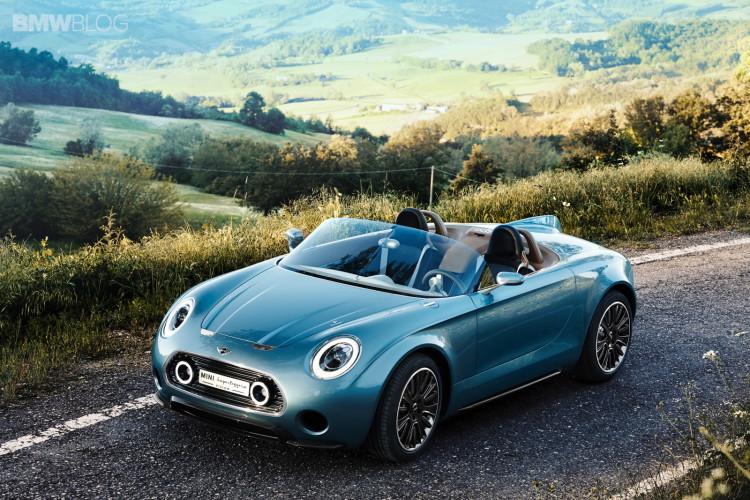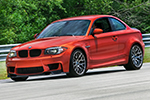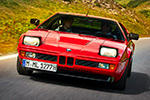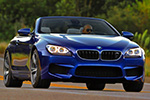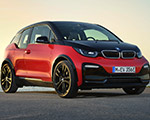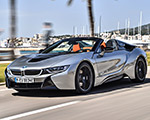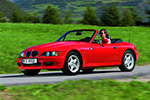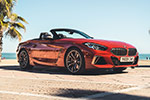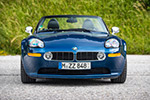The bold design collaborations between MINI and Deus Ex Machina — known as The Machina and The Steg — have captured plenty of attention since their unveiling. With their raw surf-inspired styling and bespoke details, both projects quickly became fan favorites, sparking speculation that MINI might put one or both into limited production. However, according to our sources, that won’t be happening. Neither Machina nor The Steg is scheduled for production. Instead, the duo should be seen as design exercises, demonstrating the creative freedom and versatility within the MINI design studio in collaboration with Designworks.
While enthusiasts may be disappointed, the projects still play an important role. They showcase how MINI can reinterpret its design language beyond everyday models, exploring new directions rooted in lifestyle and subculture collaborations. These one-offs emphasize individuality, creativity, and the emotional side of the MINI brand.
There had also been whispers that a potential future MINI John Cooper Works GP3 might adopt styling cues from the Machina. We can state with a high degree or certainty that this won’t be the case either. If a MINI performance halo model will come to life, it will continue to follow its own distinct design path, separate from the Deus-inspired creations.
The Machina and The Skeg
The Skeg, based on the all-electric J01 platform, embodied MINI’s playful side with a clear nod to surf culture. Its semi-transparent fiberglass body panels reduced weight by around fifteen percent and created a unique effect as sunlight passed through. The exterior stood out in vivid yellow and silver, with wide fenders, an illuminated grille, and a dramatic “Flex Tip Surf Spoiler” shaped like a breaking wave. Inside, the designers leaned into utility, with fiberglass trays for wetsuits, neoprene-upholstered bucket seats, and dashboard elements inspired by surfboard construction. The Skeg felt as much like a lifestyle accessory as it did a performance car.
By contrast, The Machina was rooted in the gasoline-powered F66 JCW platform and leaned heavily into MINI’s motorsport heritage. Its widened fenders, quad rally lights, Can-Am-style roof wing, and aggressive rear diffuser gave it the stance of a rally-bred track machine. The livery, finished in red, white, and black, recalled MINI’s competition history. The cabin carried the same raw edge, with an exposed roll cage, oversized hydraulic handbrake, and visible seams that celebrated function over polish. With 231 horsepower under the hood and a design language steeped in racing, The Machina was the more visceral of the duo.
Despite their differences in character, both cars shared bold graphics and a unifying white “X” motif on the roof, a visual signature of the collaboration with Deus. They were also connected by a philosophy of celebrating authenticity and imperfection, choosing to expose structure and texture rather than hide behind glossy finishes.
An Exciting Design Exercise
Ultimately, The Machina and The Skeg should be remembered not as production teases but as statements of intent. They reveal what MINI’s design team can achieve when allowed to push boundaries, blending lifestyle influences, motorsport heritage, and bold creativity into two unforgettable concepts.


















